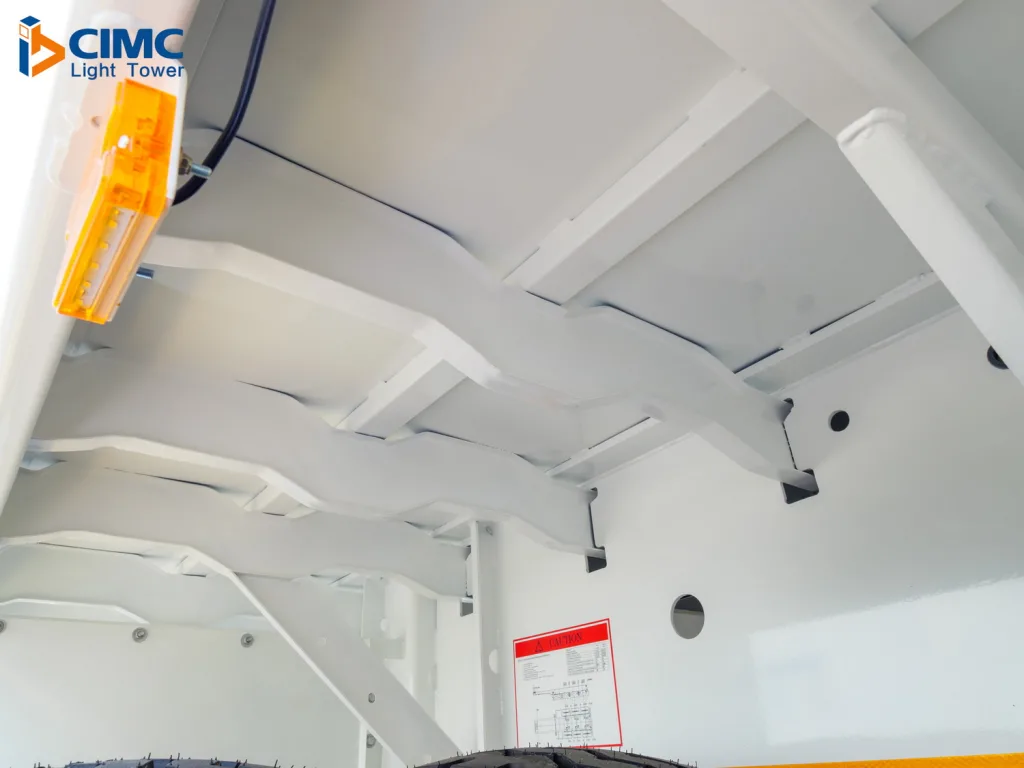In the modern logistics industry, the design and performance of semi-trailers play a crucial role in transportation efficiency. Lightweight design has become a key trend in the manufacturing of semi-trailers, aimed at improving fuel efficiency, reducing transportation costs, and enhancing sustainability. This article will explore the logic behind lightweight design in semi-trailers and its impact on different parts of the vehicle.
Logic of Lightweight Design: From Details to Core.
The logic of lightweight design typically begins with the vehicle's accessories, gradually extending to the core of the overall structure. This step-by-step optimization approach helps ensure that structural strength and stability are not sacrificed while achieving weight reduction.
Accessory Lightweighting: Starting with accessories such as front and rear bumpers, body panels, etc., materials and designs are scrutinized. The use of advanced materials and structural designs can reduce the overall weight of the vehicle without compromising its performance.
Optimizing Crossbeams : The logic of lightweight design gradually extends to more critical components like crossbeams. Crossbeams play a role in connecting and supporting the semi-trailer's structure. Therefore, adopting lightweight materials and structural designs can reduce the overall load on the vehicle.
Main Beam Lightweighting: Main beams, as the primary load-bearing part of the semi-trailer's structure, are considered for lightweight design at the final stage. Using high-strength, lightweight materials and optimizing structural designs can reduce the weight of main beams without compromising overall strength, ultimately enhancing the semi-trailer's payload capacity.
Balancing the Trailer's Own Weight with Payload Capacity
In the process of lightweight design, balancing the semi-trailer's own weight with its payload capacity is crucial. Lightweighting doesn't just mean reducing the overall weight of the vehicle; it's about ensuring that, while lightweight, the semi-trailer can still safely and efficiently carry a significant load.
Advantages of Lightweight Design include:
Improved Fuel Efficiency: Lightweight semi-trailers reduce fuel consumption, lowering transportation costs and positively impacting the environment.
Increased Payload Capacity: By reducing the vehicle's weight, the effective payload capacity of the semi-trailer is enhanced, allowing for more economical cargo transport.
In conclusion, the logic behind lightweight design in semi-trailers involves gradual optimization to enhance overall performance, achieving more efficient and reliable cargo transport. Balancing stability with the goal of lightweighting, alongside the use of advanced materials and innovative designs, allows semi-trailers to stand out in the modern logistics environment.




